9 Conversion Rate Optimization Best Practices for 2025
- Chase McGowan

- Aug 27
- 19 min read
In digital marketing, conversions are everything. You pour your budget into Google Ads, drive traffic to your site, and cross your fingers, hoping for leads and sales. But what happens when those clicks don't turn into customers? For many businesses, the answer is a frustrating cycle of paying high retainers to oversized, underperforming agencies that apply the same generic, one-size-fits-all fixes to every account. They talk a big game but deliver lackluster results, leaving you to question the entire process.
This article cuts through that noise. We're not just listing vague tips; we're delivering nine battle-tested conversion rate optimization best practices straight from the playbook of an individual, expert Google Ads consultant. This is the specialized, actionable advice that bloated agencies often overlook or simply don't have the focused expertise to implement effectively. They are structured to make more money from retainers, not to make you more money from conversions. The strategies outlined here are different. They are built on a foundation of meticulous data analysis, continuous testing, and a deep understanding of user psychology.
You will learn how a focused, data-driven approach, the kind you get from a dedicated specialist, can dramatically improve your return on investment. Prepare to move beyond the cookie-cutter solutions and discover how to implement powerful CRO techniques covering everything from landing page design and A/B testing to user experience and analytics. It's time to stop paying for activity and start investing in results by turning more of your hard-earned traffic into profitable customers.
1. Implement a Hyper-Targeted, Single Keyword Ad Group (SKAG) Structure
One of the most powerful yet underutilized conversion rate optimization best practices for your paid search campaigns is the Single Keyword Ad Group (SKAG) structure. This strategy moves away from the common practice of bundling dozens of loosely related keywords into a single ad group. Instead, each ad group contains only one specific keyword, allowing for unparalleled control and relevance.
When you create an ad group focused on a single keyword, you can write ad copy and design a landing page that perfectly match that searcher’s intent. This laser-focused alignment between the search term, the ad, and the landing page creates a seamless and highly relevant user experience, which is the cornerstone of high conversion rates.
Why SKAGs Outperform Traditional Structures
The primary advantage of SKAGs is message match. When a user searches for “men’s waterproof running shoes,” they see an ad with a headline that says “Men’s Waterproof Running Shoes,” and they click through to a page dedicated exclusively to that product category. This precision minimizes friction and assures the user they are in the right place.
Key Insight: This is where a specialized consultant holds a massive advantage over a bloated agency. Large agencies often rely on automated, broad-match campaign structures to save time across dozens of clients. An independent expert has the focus and dedication to build and manage intricate SKAG campaigns. This meticulous, hands-on approach directly translates to higher Quality Scores, lower costs-per-click, and a superior conversion rate that agencies simply can't match with their one-size-fits-all models.
How to Implement SKAGs Effectively
To get started, follow these actionable steps:
Isolate High-Value Keywords: Begin by identifying your top-performing keywords from existing campaigns. These are the first candidates for their own SKAGs.
Create Exact Match Ad Groups: For a keyword like "google ads consultant," create an ad group that targets only the exact match .
Write Hyper-Specific Ad Copy: Your ad headline and description should mirror the keyword precisely. For example: Expert Google Ads Consultant | Boost Your ROI Today.
Use Tailored Landing Pages: Ensure the ad clicks through to a page that directly addresses the user's search query, rather than a generic homepage.
Implement Negative Keywords: Add broad match variations of your keyword as negative keywords in other ad groups to prevent overlap and ensure the most relevant ad is always shown.
2. Master Landing Page Optimization for Maximum Impact
Your ad campaign is only half the battle; the real test begins when a user clicks through to your landing page. Landing Page Optimization is the systematic process of enhancing every element on this page to increase the percentage of visitors who complete your desired action, whether it's making a purchase, filling out a form, or signing up for a newsletter. It is a critical component of any successful CRO strategy.
This practice moves beyond just having a page and transforms it into a high-performance conversion machine. By aligning the page's message, design, and functionality with the user's intent and expectations, you eliminate friction and guide them seamlessly toward the conversion goal. Companies like Dropbox famously increased signups by 10% simply by simplifying their landing page to focus on a single, clear benefit.
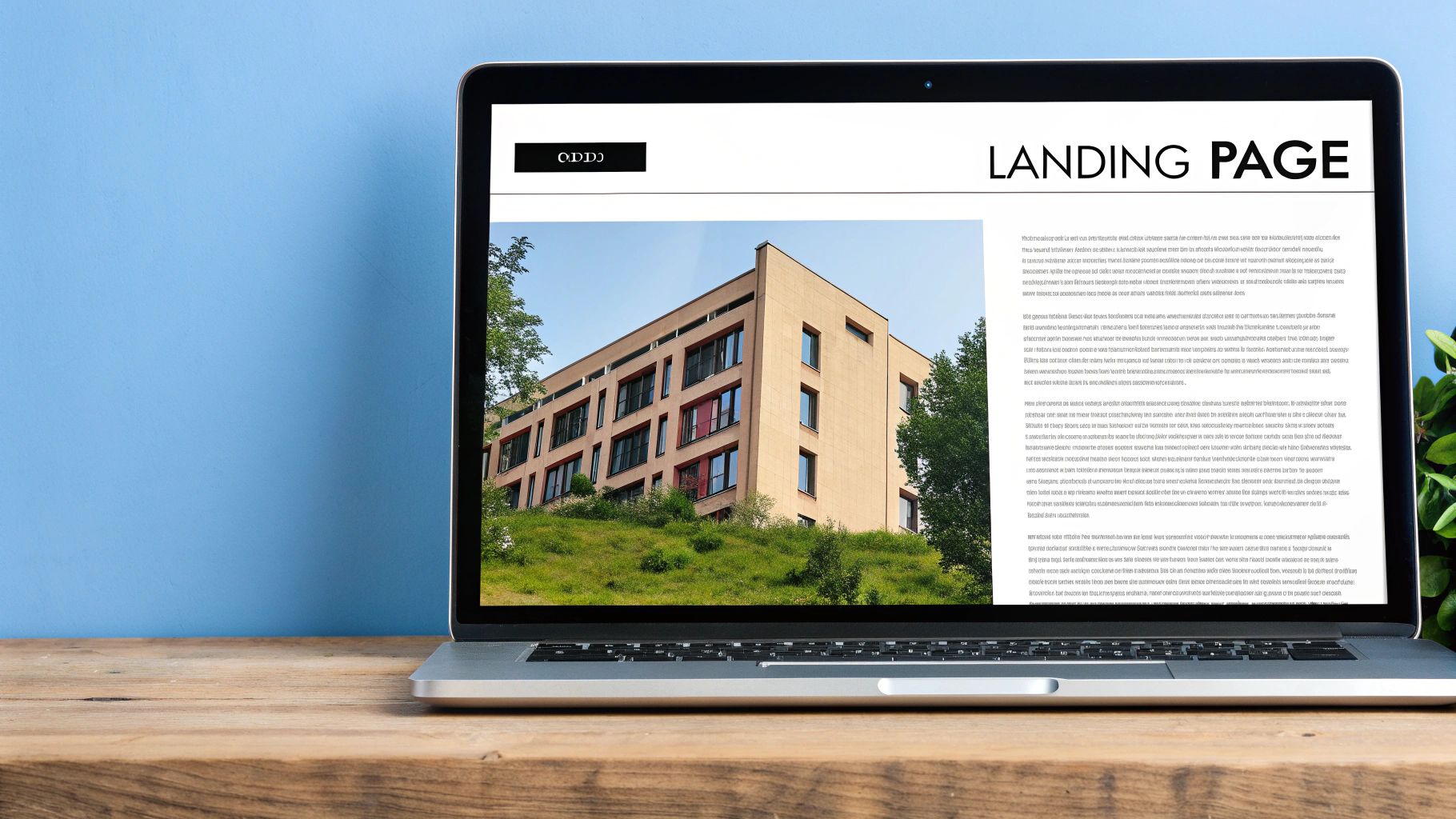
Why Optimized Landing Pages Drive Conversions
The core advantage of landing page optimization is creating a frictionless user journey. When the headline on your landing page perfectly matches the ad copy a user just clicked, it creates immediate confirmation they are in the right place. This principle, known as message match, is fundamental to building trust and reducing bounce rates, directly contributing to higher conversion rates.
Key Insight: A dedicated consultant excels here while agencies often fail. Bloated agencies use generic page templates across all clients for efficiency, creating a jarring disconnect between your ad and your page. As an independent expert, I create bespoke landing pages for each campaign, ensuring perfect message match and a user experience meticulously crafted to convert. This hands-on, specialist approach delivers results that an agency's automated, one-size-fits-all strategy simply cannot replicate.
How to Implement Landing Page Optimization Effectively
To get started, follow these actionable steps:
Align Ad Copy and Page Content: Your landing page headline, subheadings, and call-to-action must mirror the promise made in your ad. If your ad says "50% Off Running Shoes," that offer should be the first thing a visitor sees.
Simplify Your Forms: Only ask for essential information. Unbounce found that reducing their form fields from four to three improved their conversion rate by a staggering 30%.
Leverage Social Proof: Build trust by including customer testimonials, reviews, case studies, or logos of well-known clients. HubSpot saw a 24% conversion lift by strategically adding testimonials.
Focus on a Single, Clear CTA: Avoid distracting visitors with multiple offers or navigation links. Your page should have one primary goal and one clear button or action to achieve it.
Optimize for Speed and Mobile: Ensure your page loads in under three seconds and provides a flawless experience on mobile devices, where a majority of users will first encounter it. Learn more about expert PPC strategy that integrates this level of detail.
3. Call-to-Action (CTA) Optimization
Your Call-to-Action (CTA) is the single most important element on any landing page or ad, serving as the gateway to conversion. It’s the button, link, or prompt that guides users to take the specific action you want, like "Buy Now" or "Schedule a Consultation." One of the most impactful conversion rate optimization best practices involves strategically testing and refining every aspect of your CTAs, from text and color to size and placement.
Even minor adjustments can yield dramatic results. For instance, ContentVerve saw a 90% increase in click-through rate just by changing CTA text from "Order Information" to "Get Pricing," which better matched user intent. This level of optimization turns passive visitors into active leads and customers, directly boosting your bottom line.
Why Optimized CTAs Drive More Conversions
The primary advantage of CTA optimization is clarity and motivation. An effective CTA removes ambiguity, tells the user exactly what will happen next, and provides a compelling reason to click. It answers the user’s subconscious question: "What's in it for me?"
Performable famously increased conversions by 21% simply by changing a button color from green to red. This highlights how visual contrast and psychological triggers can overcome user hesitation at the most critical moment of decision. Mastering these nuances is key to maximizing every click.
Key Insight: This granular focus is a key differentiator between a consultant and an agency. Large agencies often use generic, "good enough" CTAs across client accounts for efficiency. As an expert consultant, I focus on your specific audience, running granular tests on copy, color, and placement to find the precise formula that resonates. This bespoke, specialized approach ensures your CTAs are not just visible but psychologically compelling in a way that agency templates never will be.
How to Implement CTA Optimization Effectively
To start refining your calls-to-action, follow these actionable steps:
Use Action-Oriented, First-Person Language: Instead of a generic "Submit," test copy like "Get My Free Quote." Using first-person phrasing makes the action feel more personal and immediate.
Create Urgency and Scarcity: Incorporate words that prompt immediate action. Phrases like "Claim Your Spot Now," "Limited Time Offer," or "Shop Today Only" can significantly lift conversion rates.
Test Contrasting Colors: Your CTA button should stand out from the rest of your page. Test bold, contrasting colors that draw the eye but still align with your brand's overall aesthetic.
Ensure Prominent Placement: Position your primary CTA "above the fold" so visitors see it without having to scroll. For longer pages, repeat the CTA at logical points to capture users when they are ready to act.
Optimize for Mobile: Make your CTAs large, tappable, and easy to interact with on smaller screens. Frustration with a hard-to-click button is a common cause of mobile bounce rates. For a deeper dive, learn more about how to improve click-through rates in Google Ads with optimized ad elements.
4. User Experience (UX) and Website Speed Optimization
A critical, yet often overlooked, component of conversion rate optimization best practices is the intersection of user experience (UX) and website speed. No matter how compelling your ad copy is, a slow, confusing, or frustrating landing page will destroy your conversion potential. This practice focuses on making your website intuitive, accessible, and fast to ensure visitors can seamlessly move from click to conversion without friction.
Optimizing UX and speed involves a comprehensive approach, from compressing images and leveraging browser caching to simplifying navigation and ensuring mobile responsiveness. When a user lands on your site and finds what they need instantly, their trust in your brand increases, and their path to purchase becomes clear. Big players have proven this: Walmart found that for every one-second improvement in page load time, conversions increased by 2%.
Why Speed and UX Outperform Overlooking Them
The primary advantage is reduced user friction. A fast-loading, well-designed website meets user expectations and keeps them engaged. Every extra second a page takes to load increases the bounce rate, meaning you pay for clicks that never even see your offer. A smooth user journey, from landing page to checkout, directly impacts your bottom line by preventing visitor drop-off and cart abandonment.
Key Insight: This is where an independent consultant provides immense value over a large agency. Bloated agencies often focus solely on in-platform ad metrics and consider their job done once the click is delivered, passing the blame for bad results to your website. As a dedicated expert, I understand that the post-click experience is just as crucial. I analyze your site speed and UX as part of a holistic CRO strategy, providing actionable recommendations that a siloed agency PPC team would completely ignore.
How to Implement Speed and UX Enhancements
To get started, follow these actionable steps:
Benchmark and Test Regularly: Use tools like Google’s PageSpeed Insights to analyze your site’s performance on both mobile and desktop. This will give you a clear, prioritized list of technical issues to address.
Optimize Media Files: Compress images without sacrificing quality and use modern, efficient formats like WebP. Implement lazy loading so that images and videos below the fold only load as the user scrolls down.
Streamline Navigation: Ensure your menu is simple and your most important pages are easily accessible. Use breadcrumb navigation to help users understand where they are on your site.
Improve Perceived Performance: Optimize the critical rendering path to load above-the-fold content first. This makes the page feel faster to the user, even if the entire page hasn't finished loading.
Leverage a Content Delivery Network (CDN): A CDN stores cached versions of your site on servers around the world, significantly reducing load times for international visitors.
5. Leverage Social Proof and Trust Signals
One of the most foundational conversion rate optimization best practices is leveraging social proof and trust signals. This strategy involves strategically placing testimonials, reviews, partner logos, and security badges on your site to build credibility and alleviate purchase anxiety. It taps into the powerful psychological principle, popularized by Robert Cialdini, that people conform to the actions of others under the assumption that those actions are the correct behavior.
When potential customers are uncertain, they look for external validation. Seeing that others have successfully used and endorsed your product or service provides the reassurance they need to move forward. This is why Basecamp saw a 102.5% increase in signups after adding customer testimonials to its homepage; social proof directly addresses a user's primary concern: "Can I trust this business?"
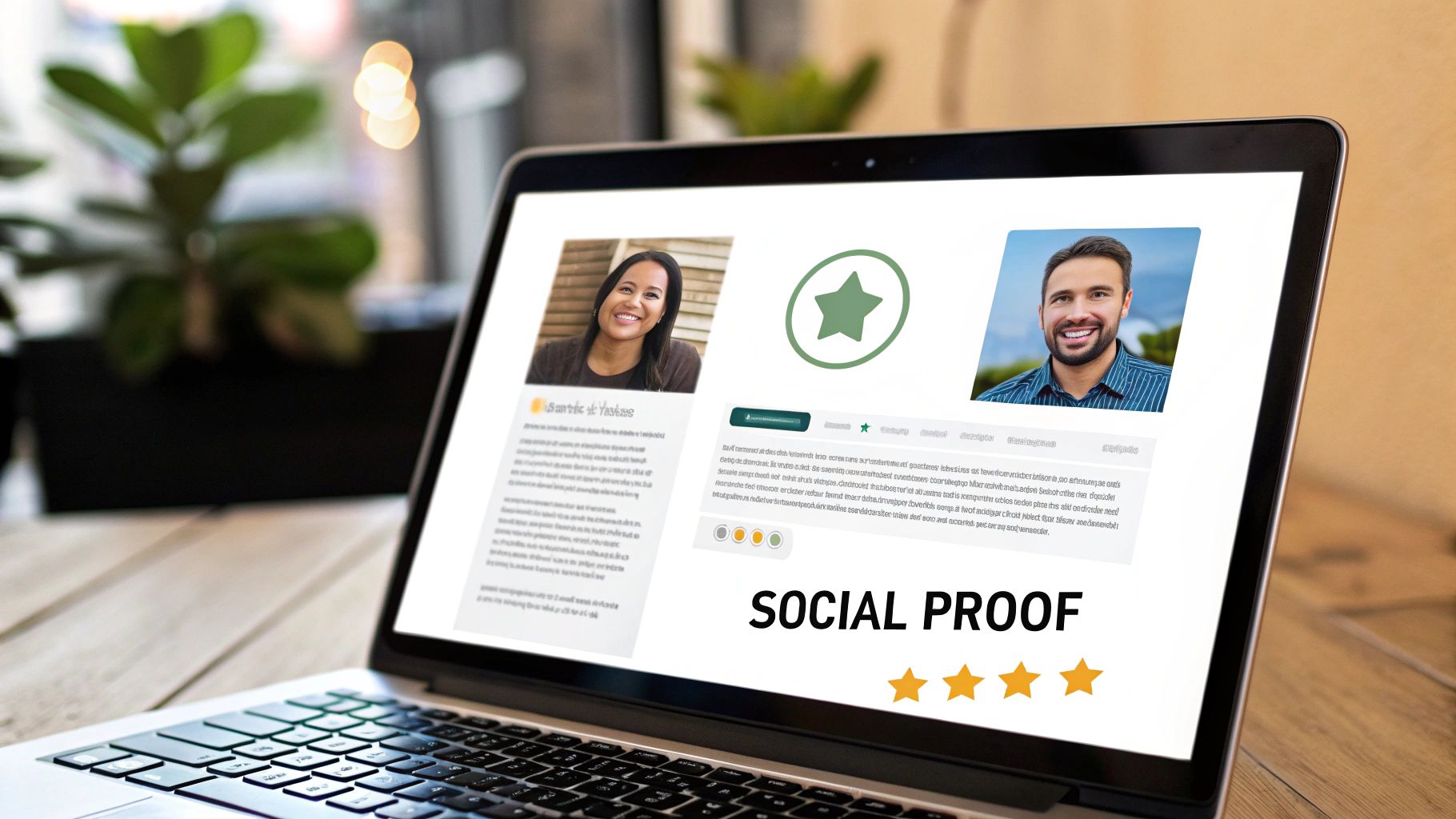
Why Social Proof Builds Confidence
The core benefit of social proof is its ability to build instant credibility. Instead of you telling prospects how great you are, you let their peers do the talking. This third-party validation is inherently more believable and effective. Displaying logos of well-known clients or security badges like Norton or McAfee assures visitors that your operation is legitimate and their data is safe, directly reducing friction at critical conversion points like checkout or form submission.
Key Insight: A specialized consultant can help you strategically select and position the most impactful trust signals. Large agencies often apply generic templates, slapping the same logos on every client's page. As an expert, I focus on what resonates with your unique customer profile, running tests to determine if a specific testimonial, a case study, or a security badge drives the highest lift for your campaigns. This bespoke approach ensures your social proof is not just present, but powerful and authentic.
How to Implement Social Proof Effectively
To get started with building trust, follow these actionable steps:
Gather Specific, Detailed Testimonials: Instead of generic praise like "Great service," solicit reviews that highlight specific outcomes and results. Include the customer's full name, company, and photo for maximum authenticity.
Display Relevant Trust Badges: Place security seals (SSL, McAfee) prominently on checkout and signup pages. Add industry certifications, awards, or "As Seen On" media logos to your homepage.
Showcase Customer Logos: If you are a B2B business, create a section displaying the logos of your most recognizable clients. This borrows their brand authority and applies it to yours.
Use Real-Time Social Proof: Implement tools that show recent purchases or signups (e.g., "Jane from New York just purchased..."). This creates a sense of urgency and popularity.
Place Signals Near CTAs: Position your most powerful testimonials or trust seals directly beside "Buy Now" buttons or lead generation forms to reduce last-second hesitation.
6. Personalization and Behavioral Targeting
Moving beyond a one-size-fits-all approach, personalization is one of the most impactful conversion rate optimization best practices you can adopt. This strategy involves tailoring website content, offers, and the overall user experience to individuals based on their behavior, demographics, past interactions, and other data points. It transforms a generic digital storefront into a unique, curated journey for each visitor.
By dynamically adjusting what a user sees, you create a hyper-relevant experience that directly addresses their needs and interests. This reduces friction and makes the path to conversion feel intuitive and helpful. Companies like Amazon attribute a significant portion of their revenue to personalized recommendations, proving that showing customers what they want, before they even ask for it, is a powerful sales driver.
Why Personalization Outperforms Generic Experiences
The core advantage of personalization is relevance at scale. When a returning visitor sees recently viewed items or a new visitor is shown products popular in their geographic area, the connection is immediate. This relevance builds trust and demonstrates that you understand your customer, encouraging them to engage more deeply and ultimately convert.
Key Insight: This is where a specialized consultant shines. Large, process-driven agencies lack the agility and individual focus to implement deep personalization, instead relying on broad, ineffective audience segments. As an independent expert, I can dive into your specific user data, identify high-impact personalization opportunities, and integrate the necessary tools to create a truly bespoke customer journey that drives conversions far beyond what generic agency tactics can achieve.
How to Implement Personalization Effectively
To get started with tailoring your user experience, follow these actionable steps:
Start with Basic Segmentation: Begin by segmenting your audience based on simple criteria like new vs. returning visitors, traffic source (e.g., Google Ads vs. social media), or geographic location.
Show Recently Viewed Items: Remind returning visitors of products they previously showed interest in. This is a simple yet powerful tactic to re-engage and guide them toward a purchase.
Use Dynamic Content: Change website banners, headlines, and call-to-action buttons based on user data. For example, a visitor from a "men's running shoes" ad campaign should see a hero image featuring men's running shoes.
Implement Exit-Intent Popups: When a user is about to leave, present a personalized offer based on the items in their cart or the pages they viewed. An offer like "10% off the hiking boots in your cart" is far more effective than a generic discount.
Personalize Email Campaigns: Use a visitor's name, purchase history, and browsing behavior to craft highly relevant email subject lines and content, boosting open rates and click-throughs.
7. Streamline Your Forms for Maximum Conversions
Every conversion point, from a lead magnet download to a final purchase, relies on a form. Form optimization is the art and science of making these forms as easy and intuitive as possible for users to complete. This practice directly addresses user friction, a primary cause of abandonment, and is one of the most impactful conversion rate optimization best practices you can implement.
By strategically refining your forms, you remove unnecessary obstacles that stand between a user’s interest and their action. The goal is to make the process feel effortless, guiding the user smoothly toward the submit button. Even minor tweaks, such as removing a single field or clarifying a label, can lead to substantial increases in lead generation and sales.
Why Optimized Forms Are Non-Negotiable
The core benefit of form optimization is the reduction of cognitive load. When a user sees a long, complex form, they mentally calculate the effort required and often decide it’s not worth it. Expedia famously increased annual profit by $12 million simply by removing one optional field, "Company Name," from their booking form. This proves that every single field adds friction and presents a potential exit point.
Key Insight: This is where a dedicated consultant shines. Large, bloated agencies often use standardized, clunky form templates across all clients, ignoring the unique needs of your audience. As an expert consultant, I conduct user behavior analysis and A/B test specific form elements—from field labels to button colors—to discover the precise combination that minimizes friction for your users and maximizes your conversion rate, an effort agencies deem too time-consuming.
How to Implement Form Optimization Effectively
To get started, follow these actionable steps:
Audit and Eliminate: Scrutinize every form field and ask, "Is this information absolutely essential right now?" If not, remove it. You can always gather more data later in the customer lifecycle.
Use a Single-Column Layout: A single-column design is easier to scan and is inherently mobile-friendly, guiding the user’s eye in a natural top-to-bottom path.
Implement Smart Defaults and Autofill: Use browser autofill capabilities for common fields like name, email, and address. For known users, pre-populate fields with information you already have.
Place Labels Above Fields: Placing labels directly above their corresponding input fields improves readability and completion speed, especially on mobile devices.
Test Your Call-to-Action (CTA) Button: Experiment with different button text. Instead of a generic "Submit," try a value-oriented CTA like "Get Your Free Quote" or "Download My Ebook" to reinforce the benefit.
8. Mobile Optimization and Responsive Design
In an era where mobile devices account for over half of all web traffic, prioritizing mobile optimization and responsive design is no longer optional; it's a fundamental conversion rate optimization best practice. This approach ensures your website, landing pages, and conversion elements deliver a seamless experience across any device, from a desktop monitor to a smartphone. It focuses on touch-friendly interfaces, fast load times, and simplified navigation to capture and convert on-the-go users.
When a potential customer clicks your ad on their phone, they expect a site that's easy to read, navigate, and interact with. A clunky, non-responsive design creates immediate friction, causing high bounce rates and lost opportunities. Conversely, a smooth mobile experience builds trust and directly encourages conversions, as demonstrated by companies like AutoTrader, which increased mobile conversions by 50% after optimizing its mobile checkout process.
Why Mobile-First Design Drives Conversions
The core advantage of this approach is accessibility and user experience. A mobile-first strategy acknowledges that users on smaller screens require a more focused and efficient path to conversion. By designing for the smallest constraint first, you are forced to prioritize the most critical content and calls-to-action, resulting in a cleaner, more effective design for all users. This is crucial for paid campaigns where every click represents a cost.
Key Insight: A dedicated consultant outshines a large agency here. Agencies often apply a one-size-fits-all responsive template and call it a day. As a specialist, I focus on the user journey specific to your mobile audience. I will analyze mobile heatmaps, conduct real-device testing, and fine-tune touch targets and form fields, ensuring the mobile experience isn't just functional but is actively optimized to convert, maximizing your ad spend ROI in a way agency checklists can't.
How to Implement Mobile Optimization Effectively
To get started, follow these actionable steps:
Design for Mobile-First: Begin your design process with the mobile layout, focusing on core content and a simple user flow. Then, scale the design up for tablets and desktops.
Prioritize Touch-Friendliness: Ensure all buttons and interactive elements are at least 44px tall and wide, making them easy to tap accurately with a thumb.
Optimize for Speed: Compress images and leverage browser caching. Consider implementing Accelerated Mobile Pages (AMP) for near-instant load times on your key landing pages.
Improve Readability: Use a base font size of at least 16px for body text to prevent users from needing to pinch-and-zoom, which is a major source of friction.
Simplify Navigation: Implement a clear, thumb-friendly navigation menu (like a "hamburger" menu) and place primary calls-to-action in easily accessible screen locations.
Test on Real Devices: Don't rely solely on browser simulators. Test your site's functionality, layout, and speed on actual iOS and Android devices to uncover real-world usability issues.
9. Analytics and Data-Driven Decision Making
One of the most fundamental conversion rate optimization best practices is building your strategy on a foundation of solid data. This approach moves beyond guesswork and intuition, using the systematic collection and analysis of user behavior data to make informed optimization decisions. It involves correctly tracking user actions, identifying conversion bottlenecks, and using those insights to guide every A/B test and design change.
When you base your decisions on analytics, you are letting your users tell you exactly what they want and where they are struggling. This data-first mindset transforms optimization from an art into a science, ensuring that your efforts are focused on changes that will have a measurable impact on your bottom line. For instance, Microsoft famously increased conversions by 113% simply by using analytics to pinpoint and fix issues in their checkout process.
Why Data-Driven Decisions Outperform Intuition
The primary advantage of analytics is objective insight. Data reveals the truth about user behavior, showing you where users drop off in your funnel, which buttons they hesitate to click, and which content engages them most effectively. This clarity allows you to prioritize high-impact changes rather than wasting resources on optimizations that don't address a real user problem.
Key Insight: This is where an expert consultant provides immense value over a large agency. Bloated agencies often have siloed analytics teams that deliver generic, surface-level reports. As a dedicated consultant, I am the one performing deep-dive analyses to uncover actionable insights and ensuring your tracking is flawless from the start. This hands-on, expert-led approach is crucial for turning raw data into profitable optimization strategies that agencies, with their layers of management, simply cannot execute efficiently.
How to Implement Data-Driven Decision Making
To get started, follow these actionable steps:
Establish Proper Tracking: Ensure your Google Analytics goals and e-commerce tracking are set up correctly. Without accurate data, any subsequent analysis is unreliable. You can learn more about how to fix your Google Ads conversion tracking to build a solid foundation.
Use UTM Parameters: Systematically tag all marketing campaign URLs with UTM parameters to precisely measure the performance of each traffic source, medium, and campaign.
Implement Heatmaps and Session Recordings: Use tools like Hotjar or Clarity to visually understand where users click, scroll, and move their mouse. This qualitative data complements your quantitative analytics.
Create Custom Dashboards: Build a dashboard in Google Analytics or a third-party tool that highlights your most important key performance indicators (KPIs), allowing you to monitor health at a glance.
Focus on Actionable Metrics: Ignore vanity metrics like total visits or pageviews. Instead, focus on metrics that directly influence conversions, such as bounce rate on key landing pages, funnel drop-off rates, and goal completion rates.
Conversion Rate Optimization Best Practices Comparison
Item | Implementation Complexity 🔄 | Resource Requirements ⚡ | Expected Outcomes 📊 | Ideal Use Cases 💡 | Key Advantages ⭐ |
|---|---|---|---|---|---|
A/B Testing and Multivariate Testing | Moderate to High | Requires significant traffic & tools | Data-driven decisions with measurable ROI | Testing web/app/email variants for conversion | Eliminates guesswork, continuous optimization |
Landing Page Optimization | Moderate | Design and content resources needed | Higher conversion rates, better ad ROI | Focused conversion pages post-ad click | Enhanced UX, easier performance tracking |
Call-to-Action (CTA) Optimization | Low | Minimal, quick to implement | Immediate conversion rate improvement | Improving button/link effectiveness | Low cost, quick wins, clear user direction |
UX and Website Speed Optimization | High | Technical and design-heavy | Reduced bounce, improved engagement & rankings | Overall site usability and speed | Better customer satisfaction, SEO boost |
Social Proof and Trust Signals | Low to Moderate | Content and collection management | Increased credibility and conversion | Building buyer trust and reducing hesitation | Builds trust, differentiates from competitors |
Personalization and Behavioral Targeting | High | Advanced data and technical setup | Higher conversion rates, improved retention | Tailored user experiences; dynamic marketing | Increased engagement and marketing efficiency |
Form Optimization | Low to Moderate | Design and testing efforts | Reduced form abandonment, better lead quality | Lead generation forms and signups | Direct impact on conversions, easy to test |
Mobile Optimization and Responsive Design | Moderate to High | Technical design for responsiveness | Increased mobile conversions and SEO | Mobile user experience across devices | Future-proofs site, reduces mobile bounce |
Analytics and Data-Driven Decision Making | High | Technical tracking and analysis tools | Clear ROI measurement, better optimization | Measuring and improving overall conversion funnels | Eliminates guesswork, identifies high-impact areas |
Your Next Step: Trade Agency Bloat for Expert Results
You now have a comprehensive playbook of the most effective conversion rate optimization best practices, from meticulous A/B testing and landing page refinement to harnessing the power of social proof and deep analytics. We have explored nine critical pillars that form the foundation of a high-performing digital strategy. Each one, from mobile optimization to creating irresistible CTAs, is a powerful lever for turning clicks into customers.
However, understanding these principles is only half the battle. True mastery lies in the relentless, detail-oriented execution and the ability to interpret complex data to inform the next strategic move. This is where the path to exceptional growth often diverges. Many businesses find themselves trapped in a cycle of implementing generic advice, leading to frustratingly incremental gains rather than the transformative results they seek.
From Theory to Tangible Profit
The real challenge is not just knowing what to do, but understanding why and when to do it for your specific audience and business model. It requires a level of focus and specialization that is often diluted within large, bloated marketing agencies. These organizations frequently juggle dozens of clients, applying a one-size-fits-all template that stifles innovation and overlooks the unique opportunities hidden within your data.
This is where the agency model breaks down for businesses that are serious about growth. You end up paying for multiple layers of account managers, project coordinators, and executive overhead, all while the actual hands-on work is delegated to junior staff following a standardized checklist. Your investment gets absorbed by administrative bloat instead of being channeled directly into expert analysis and agile strategy.
Key Takeaway: Real conversion rate optimization isn't about following a checklist. It's about a continuous, adaptive process of testing, learning, and refining, driven by a specialist who is deeply invested in your specific business outcomes.
The Specialist Advantage: Agility, Focus, and Expertise
In contrast, partnering with a dedicated Google Ads consultant offers a fundamentally different and more effective approach. Instead of a cumbersome, slow-moving team, you get a single point of expert contact who is personally committed to your success. This model replaces agency inefficiency with strategic agility. An independent specialist can pivot quickly, launching new tests and implementing data-driven changes in days, not weeks.
Every dollar you invest goes directly toward strategic thinking, meticulous campaign management, and the hands-on implementation of the conversion rate optimization best practices we have covered. There are no communication bottlenecks, no diluted focus, and no generic playbooks. You gain a partner who lives and breathes your data, relentlessly seeking out optimization opportunities to maximize your return on ad spend. This focused expertise is the critical ingredient for turning your advertising budget into a powerful and predictable engine for profit.
Ready to see how a specialized, hands-on approach can transform your Google Ads performance? Come Together Media LLC replaces agency overhead with dedicated expertise, focusing solely on implementing advanced conversion rate optimization best practices to drive real results. Schedule your free, no-commitment consultation today and get actionable insights tailored specifically for your business.




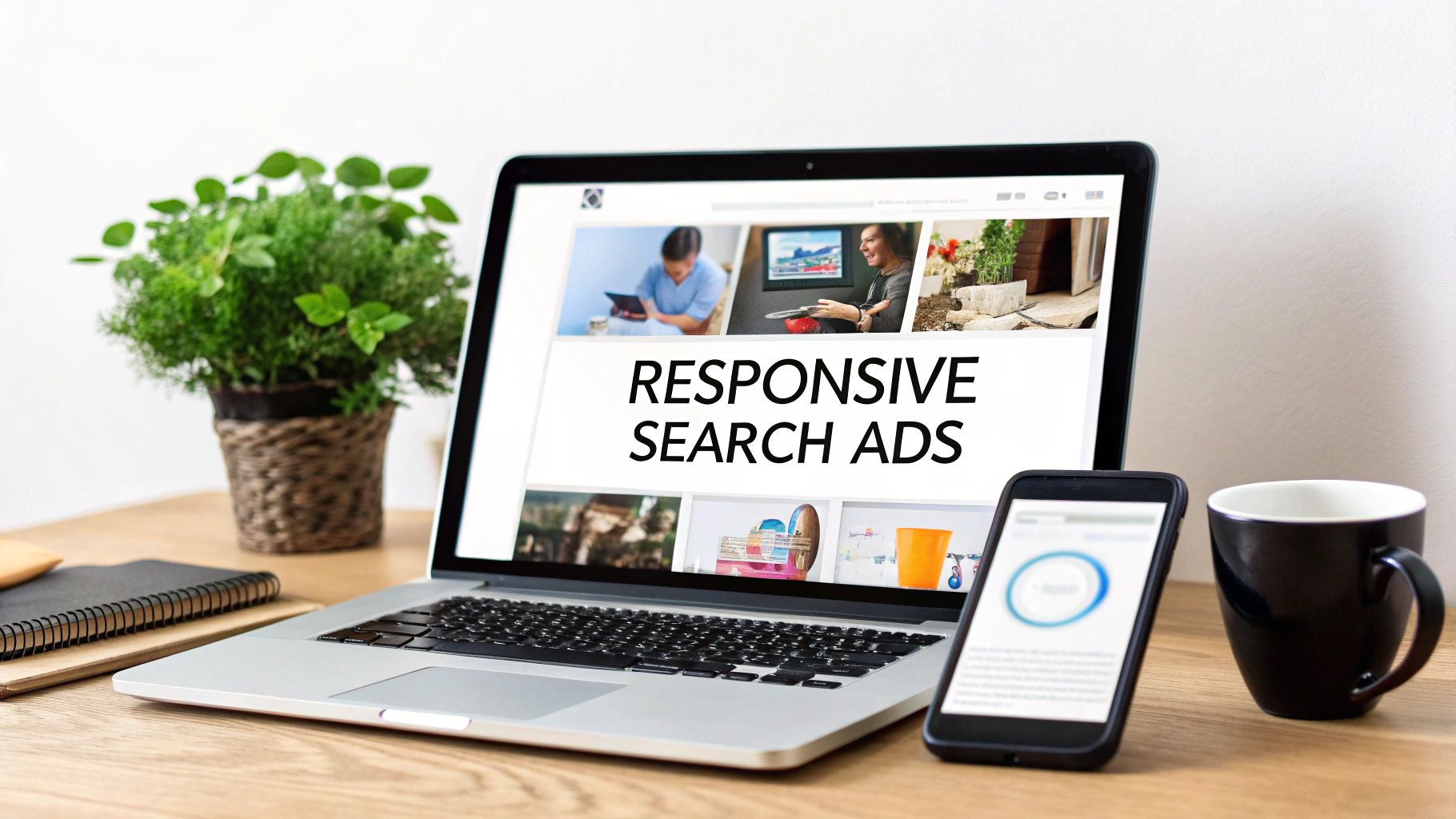

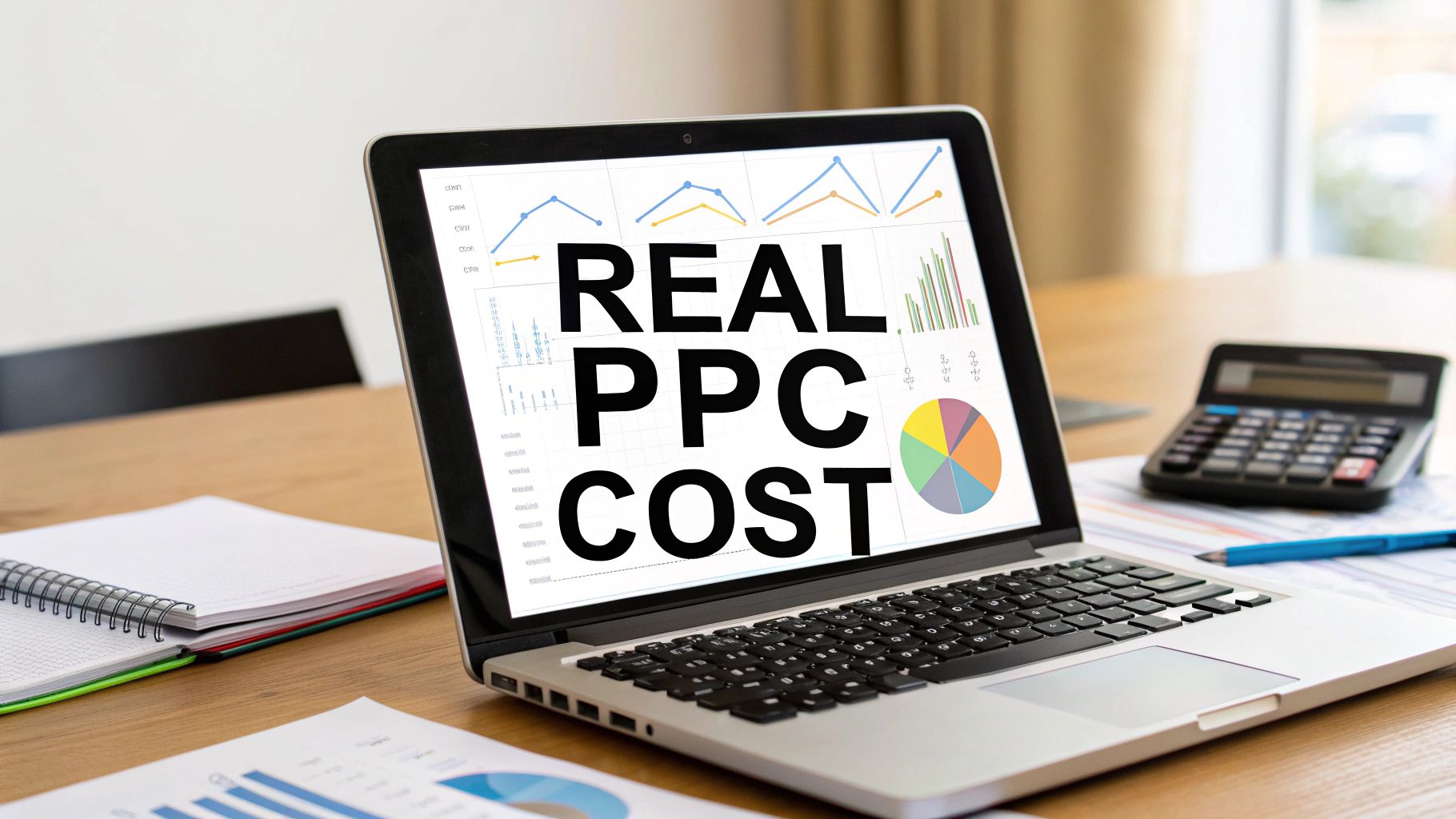
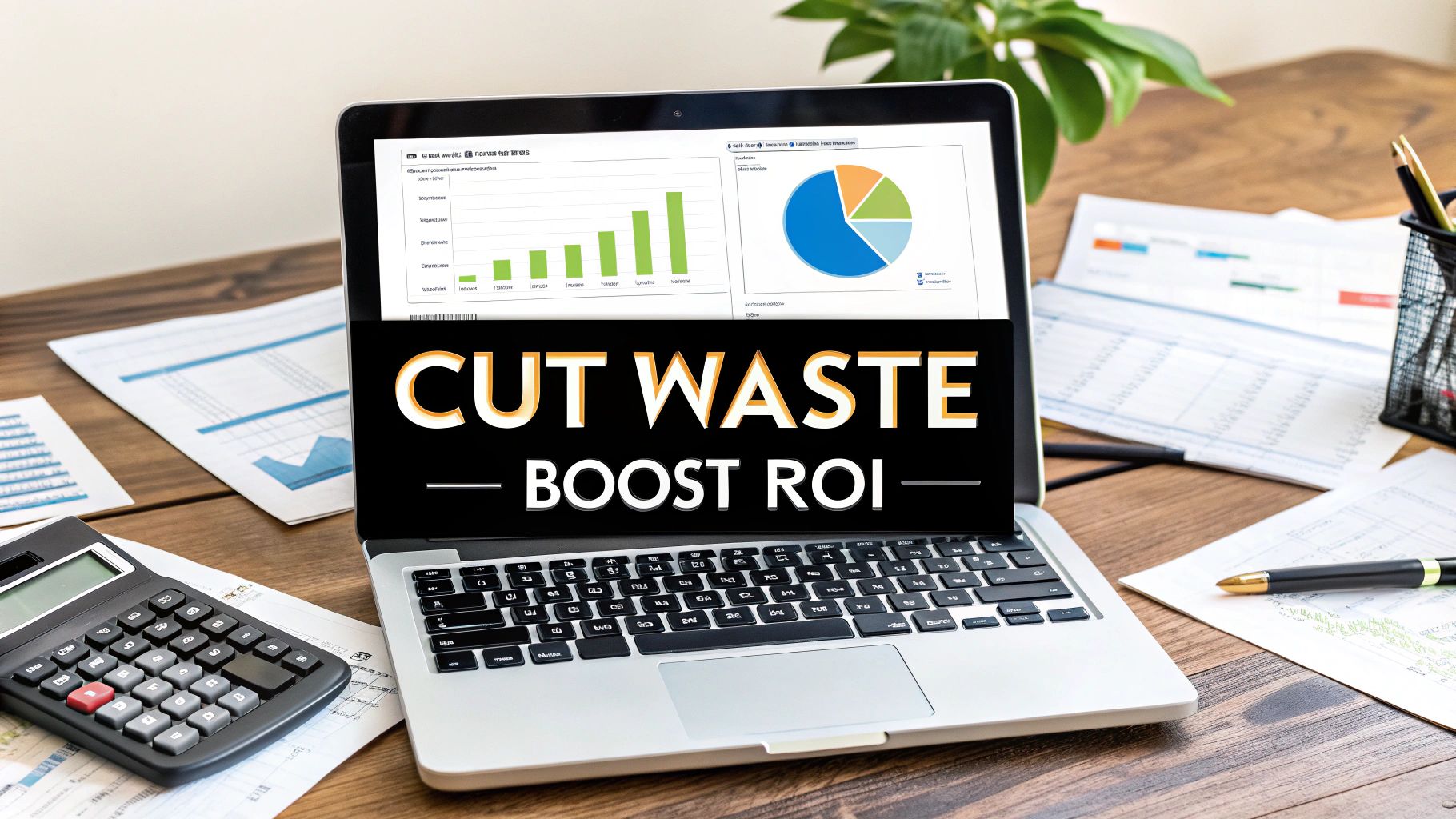
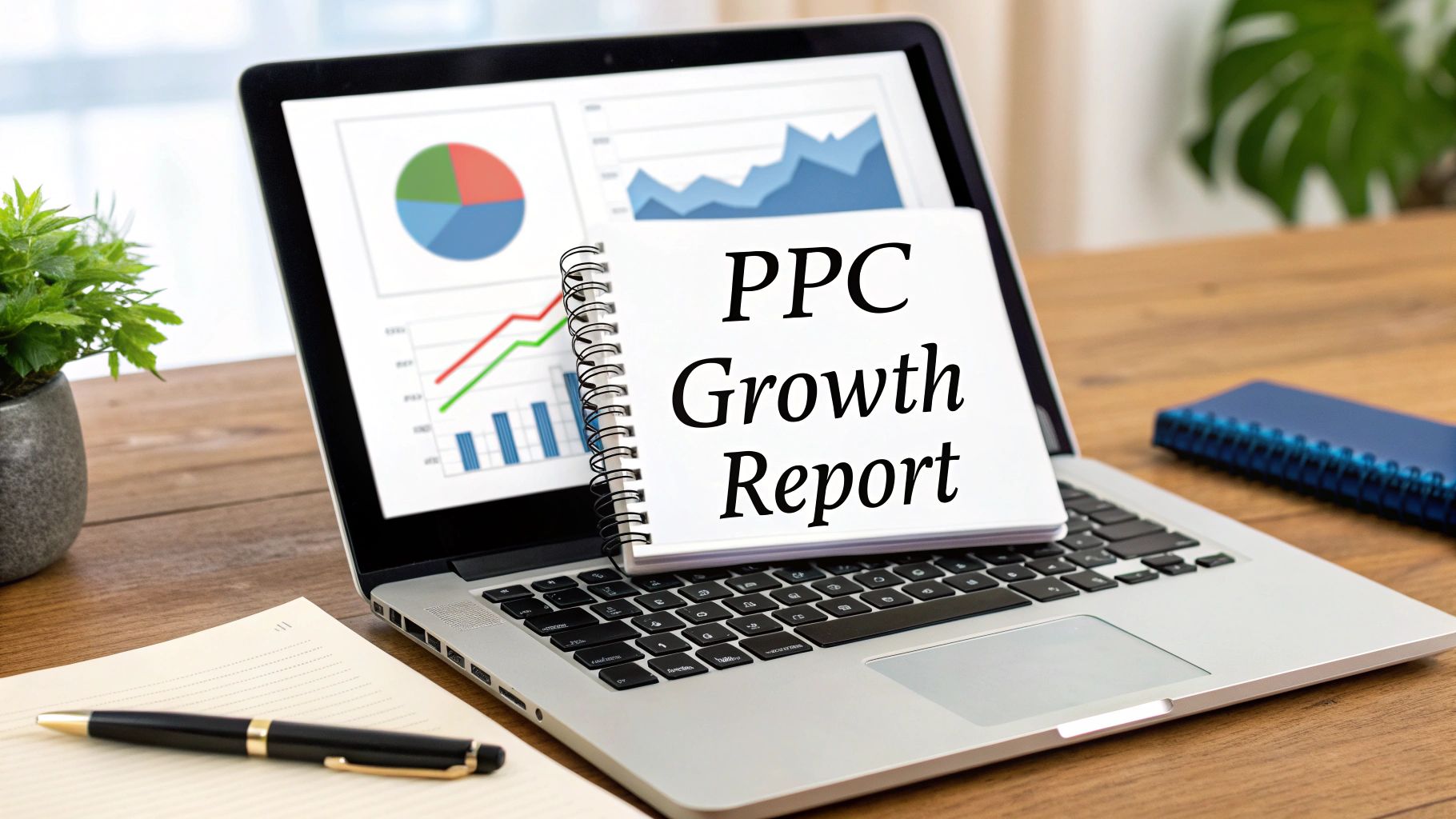
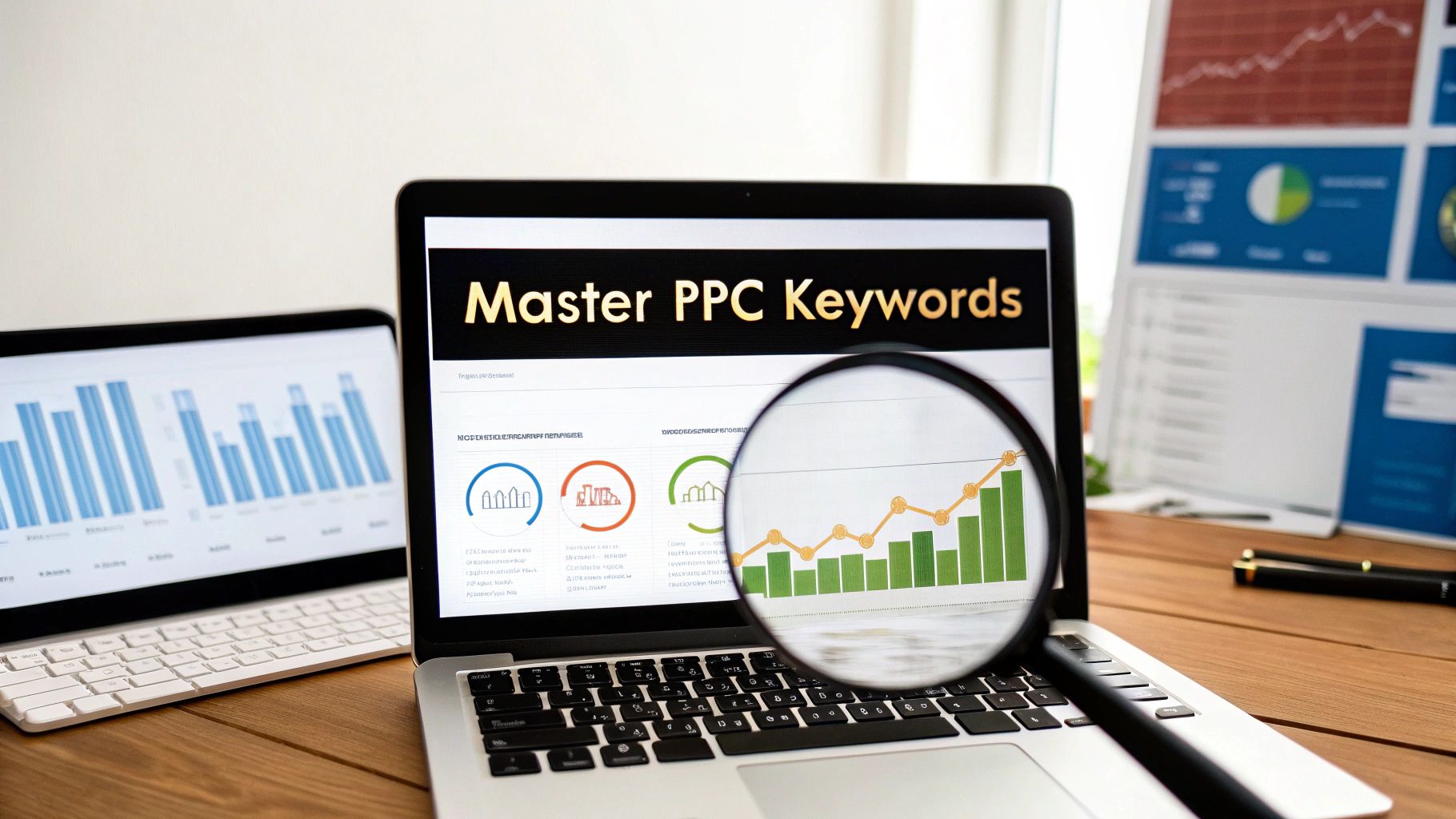
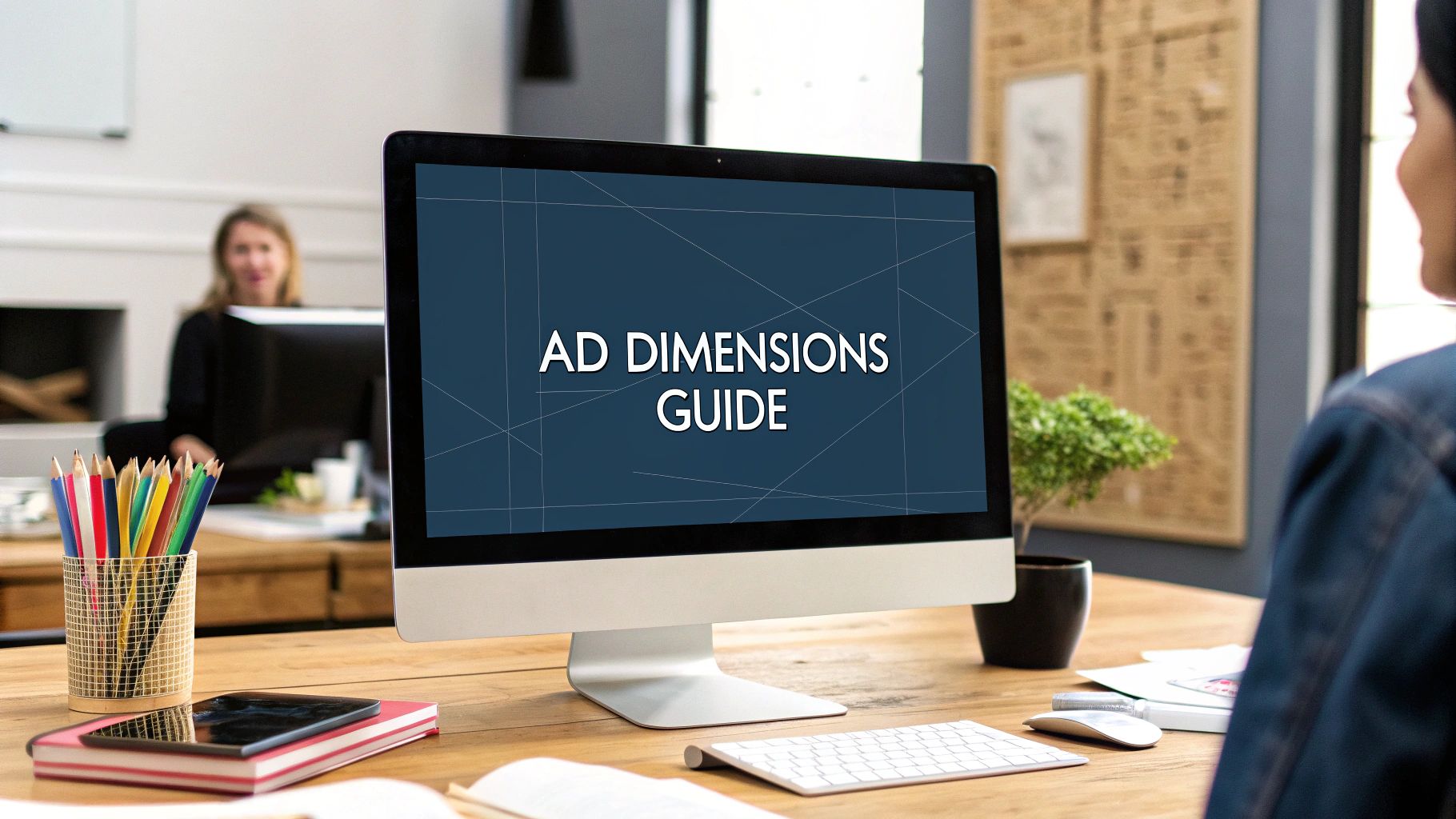
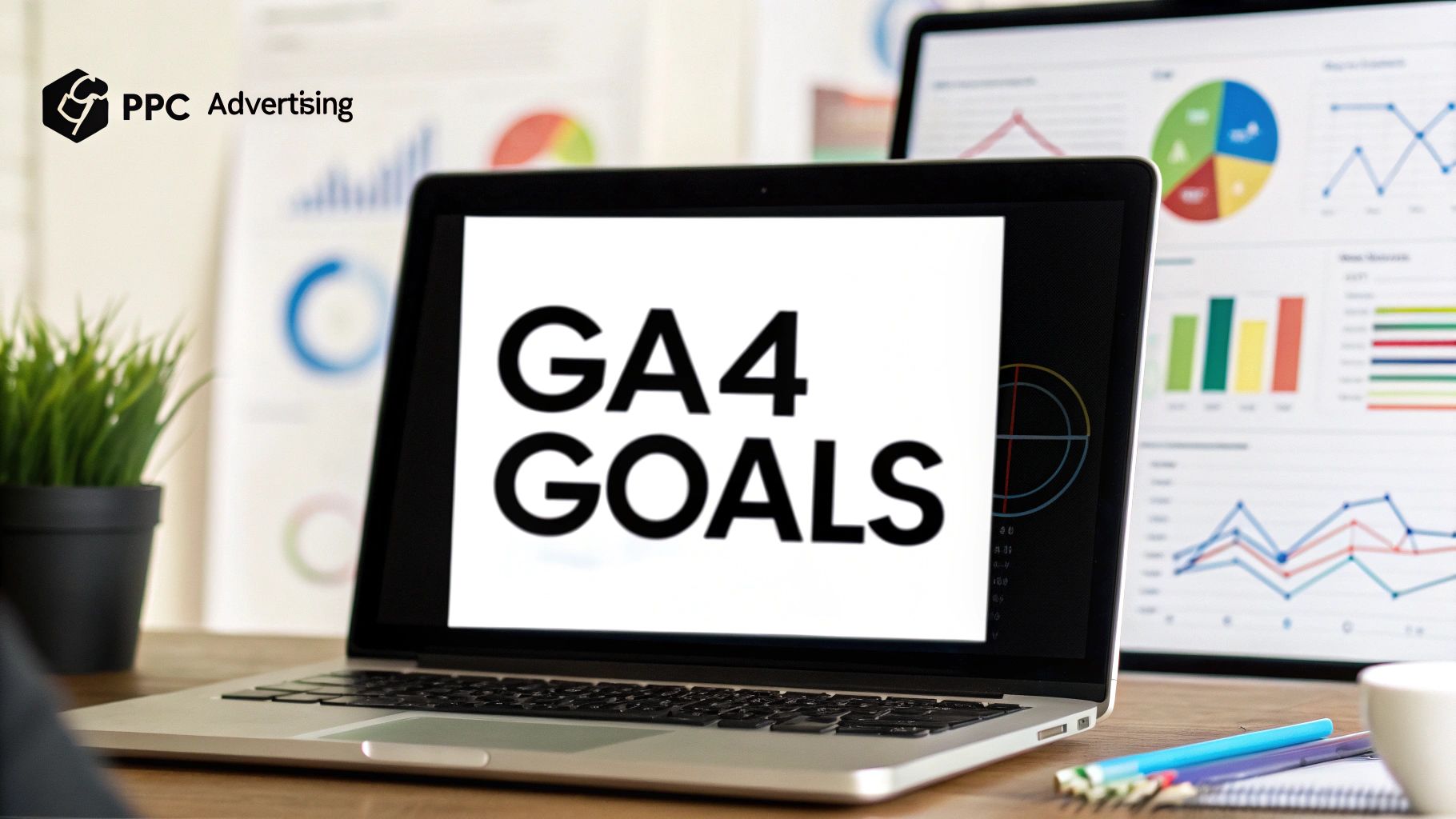
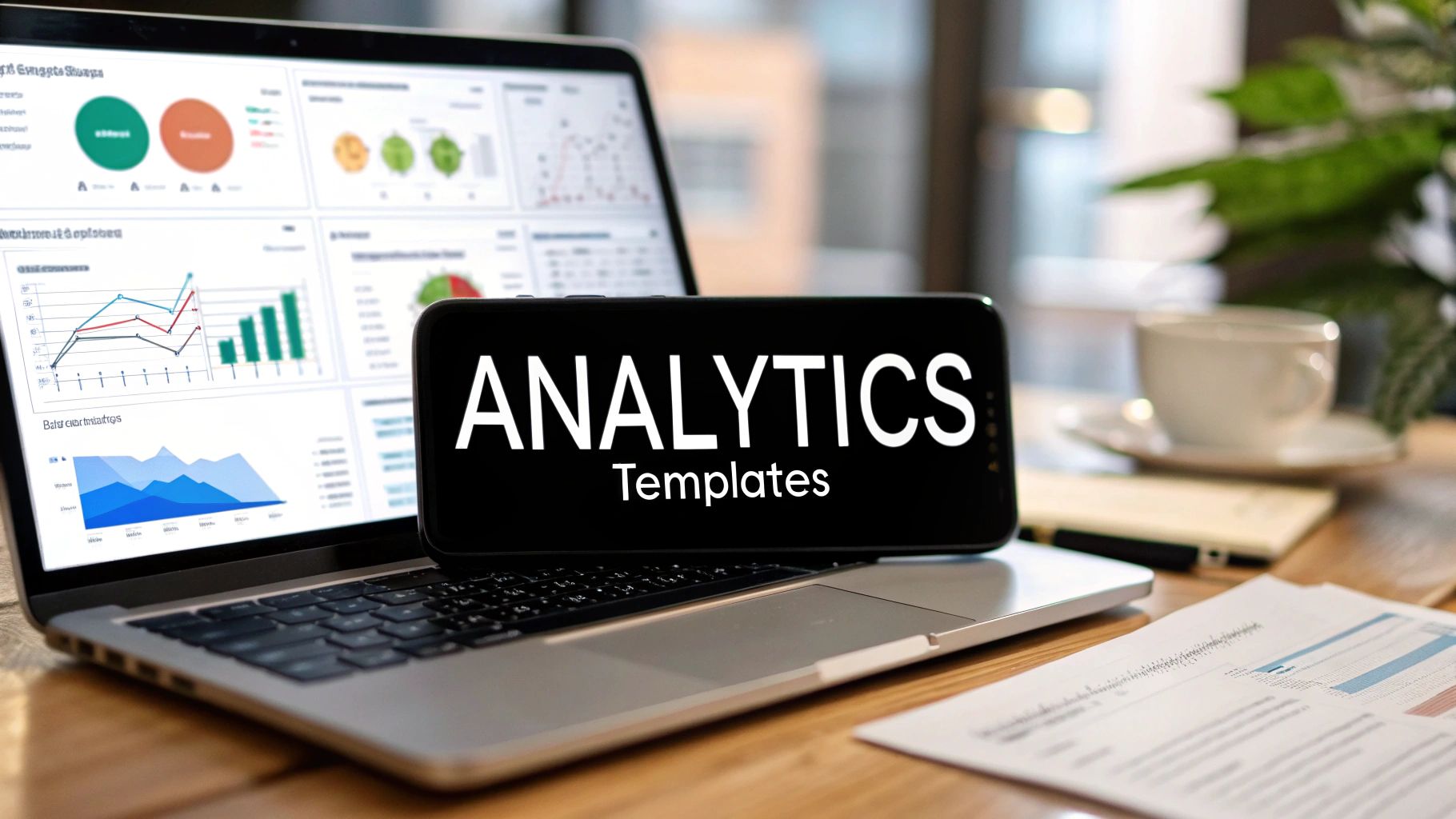
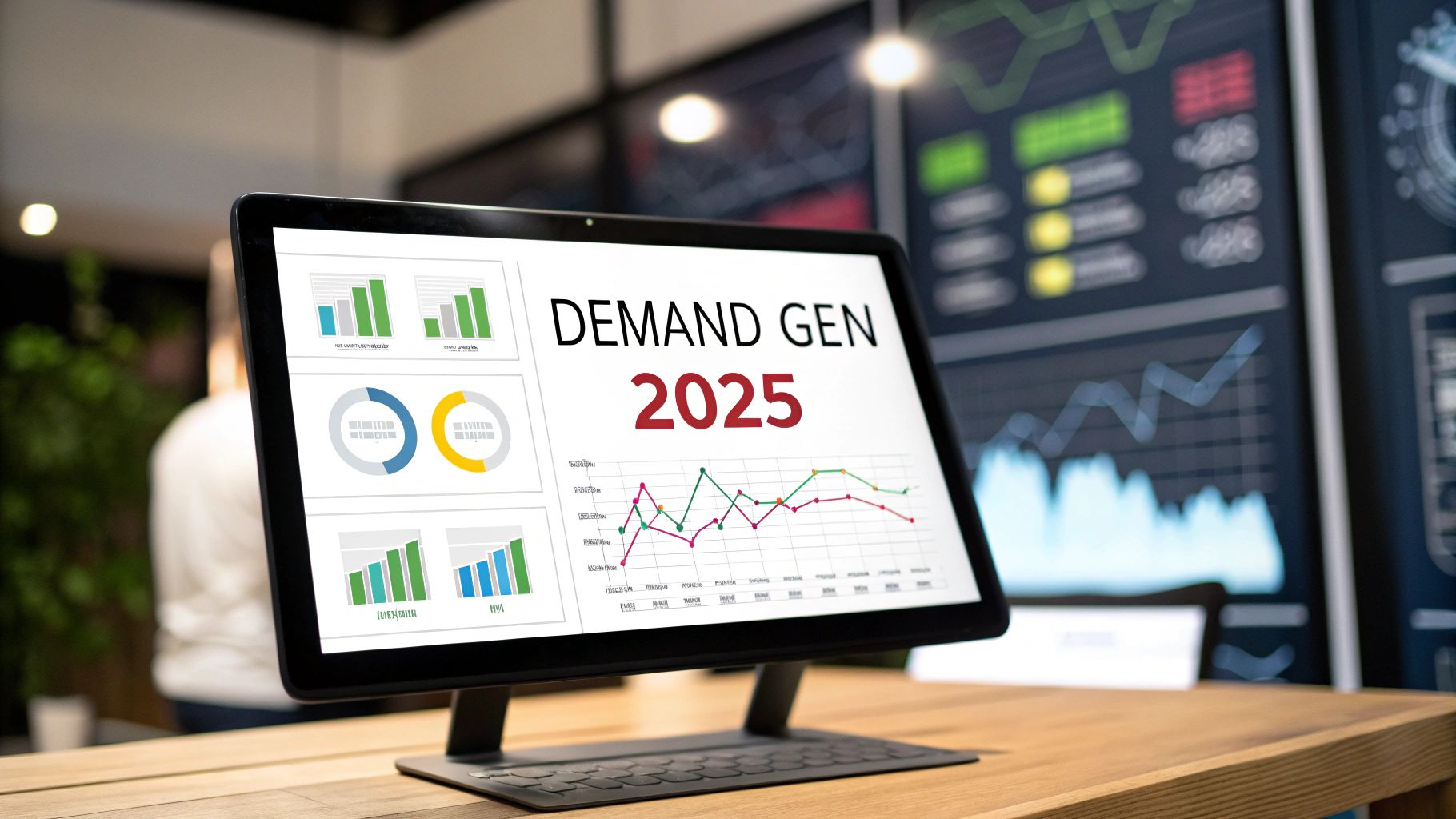
Comments